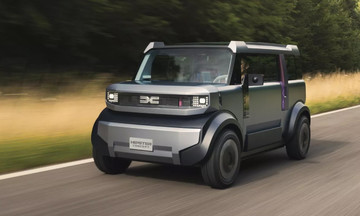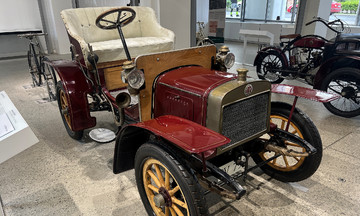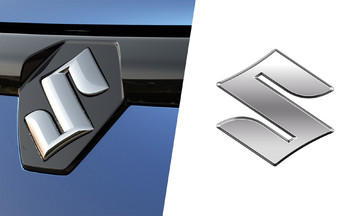On highways, unexpected situations can quickly turn disastrous if drivers aren't prepared. High speeds shorten reaction times, and a single wrong decision can have severe consequences. A common question for drivers is: when encountering an obstacle, should you steer to avoid it, brake hard, or maintain course and drive over it?
According to driving experts, the best course of action depends on the type of obstacle, traffic conditions, and the driver's reflexes. However, the overarching principle is prioritizing safety, both for those in the vehicle and others on the road.
Stalled vehicles
A broken-down vehicle blocking a highway lane is a common hazard. Avoiding it is always the top priority to prevent further complications. However, knowing when to avoid an obstacle requires practice.
The first requirement is maintaining a safe following distance, at least 50 meters. Next, check the adjacent lane. If it's clear, change lanes, even if it requires a sharp turn. Before changing lanes, reduce speed and signal.
Drivers should also understand their vehicle's handling characteristics. Generally, lower-slung vehicles offer better stability during sudden maneuvers compared to higher-riding vehicles in the same segment. Safety features and chassis rigidity also influence high-speed handling.
Avoid sharp turns at high speeds, as this increases the risk of losing control or rolling over (especially for heavy trucks). Also, alert the stalled vehicle by flashing headlights or honking, as someone might unexpectedly open a door to exit.
Small animals
Small animals like rats, cats, or small dogs often trigger a driver's instinct to swerve. However, at high speeds, sudden swerving can be more dangerous than maintaining course and slowing down. In most cases, the safest approach is to gradually brake and stay in your lane, rather than trying to avoid the animal at all costs. If driving over the animal is unavoidable, maintain a firm grip on the steering wheel and avoid braking abruptly immediately after to maintain control.
Consider changing lanes only if the surrounding area is clear and the following vehicle is at a safe distance. This protects the animal but carries the risk of colliding with vehicles behind or losing control if the swerve is too abrupt.
Large animals
Large animals like cows or water buffalo crossing the highway can cause accidents as severe as vehicle collisions. A head-on collision with a large animal almost certainly results in significant damage and injuries. Therefore, drivers must avoid such collisions at all costs. The most effective response is to simultaneously reduce speed and steer towards a safe area, usually behind the animal's direction of travel.
Pedestrians
Pedestrians on highways can include people crossing to catch buses, those collecting scrap materials, and highway maintenance workers. The prioritized response is to reduce speed significantly, use the horn and lights to warn them, and simultaneously find a safe way to avoid them.
Pedestrians in these situations are often panicked and may stop or run suddenly in either direction. Therefore, when steering, aim for the space behind the pedestrian rather than in front, reducing the risk of them running into the vehicle's path. Use turn signals before steering to indicate the intended direction.
Other obstacles
Common highway debris includes tree branches, plastic containers, rocks, and tires. In many cases, maintaining course and driving over them is safer, as vehicles are designed to withstand minor impacts. However, with hard and large objects like rocks, or sharp objects like metal bars, drivers should reduce speed and try to avoid them.
Never drive over large potholes or deep depressions, as this can severely damage the suspension or cause loss of control. The safest approach is to slow down before approaching, maintain a firm grip on the steering wheel, and, if possible, steer slightly towards a previously identified safe area.
Avoid braking hard right at the edge of a pothole or deep depression. This shifts the weight abruptly to the front axle, fully compressing the front suspension. When the vehicle drops into the hole, the suspension has no remaining travel to absorb the impact, potentially damaging the shocks, bending rims, or causing tire blowouts. Instead, decelerate from a distance, release the brakes before reaching the obstacle, and maintain a straight course.
Ho Tan










